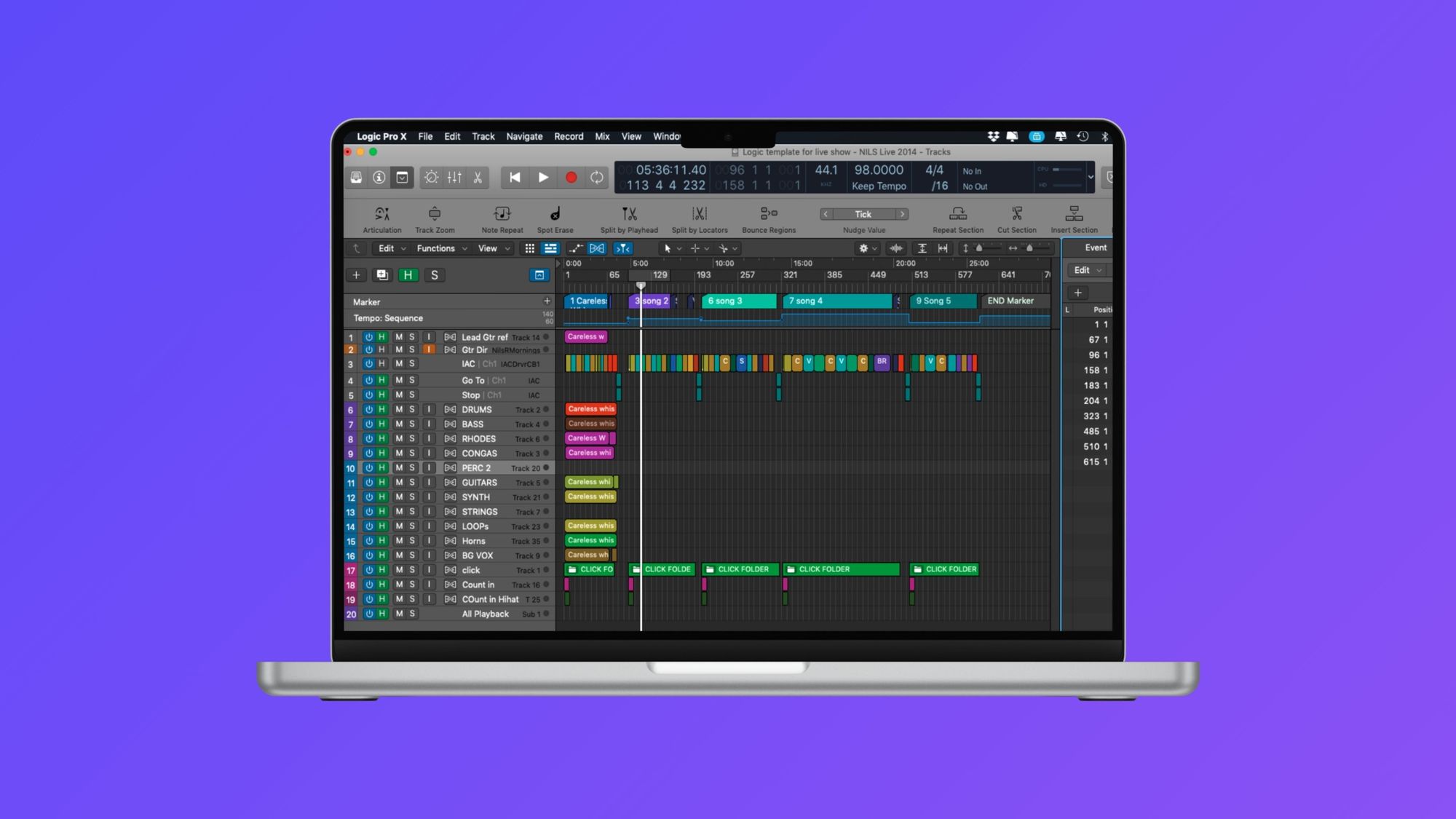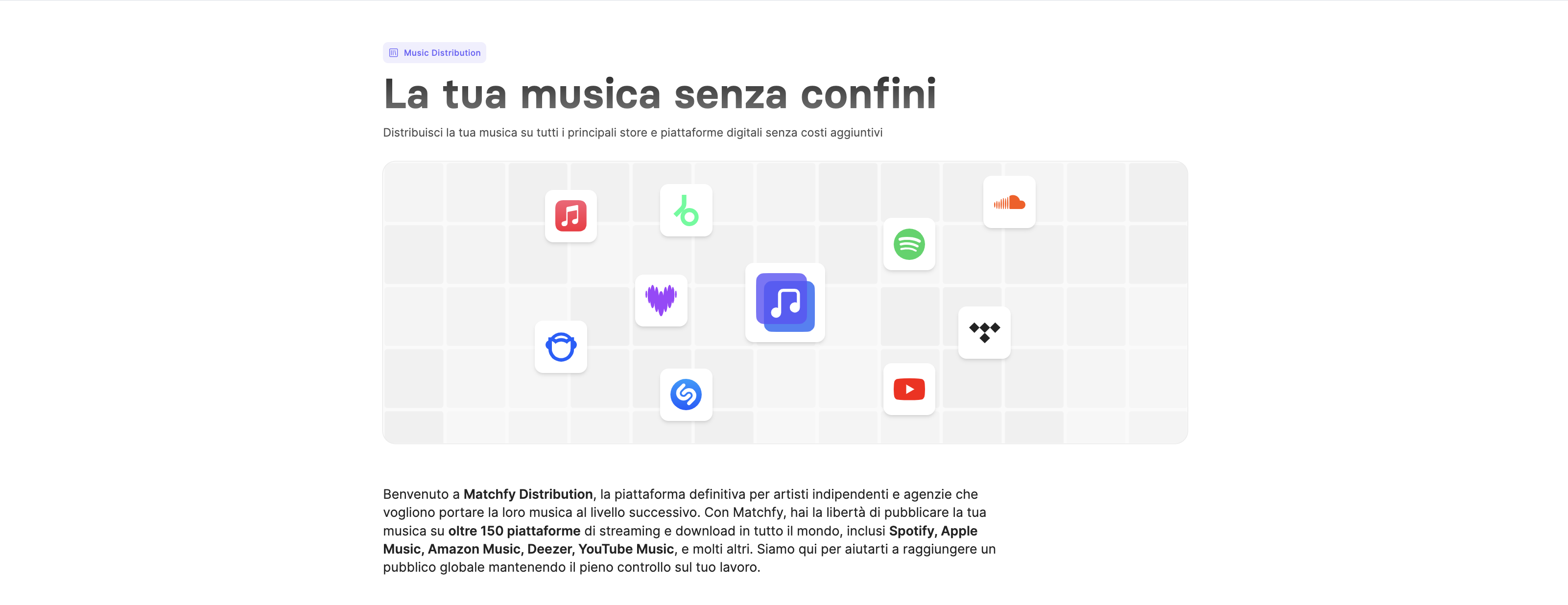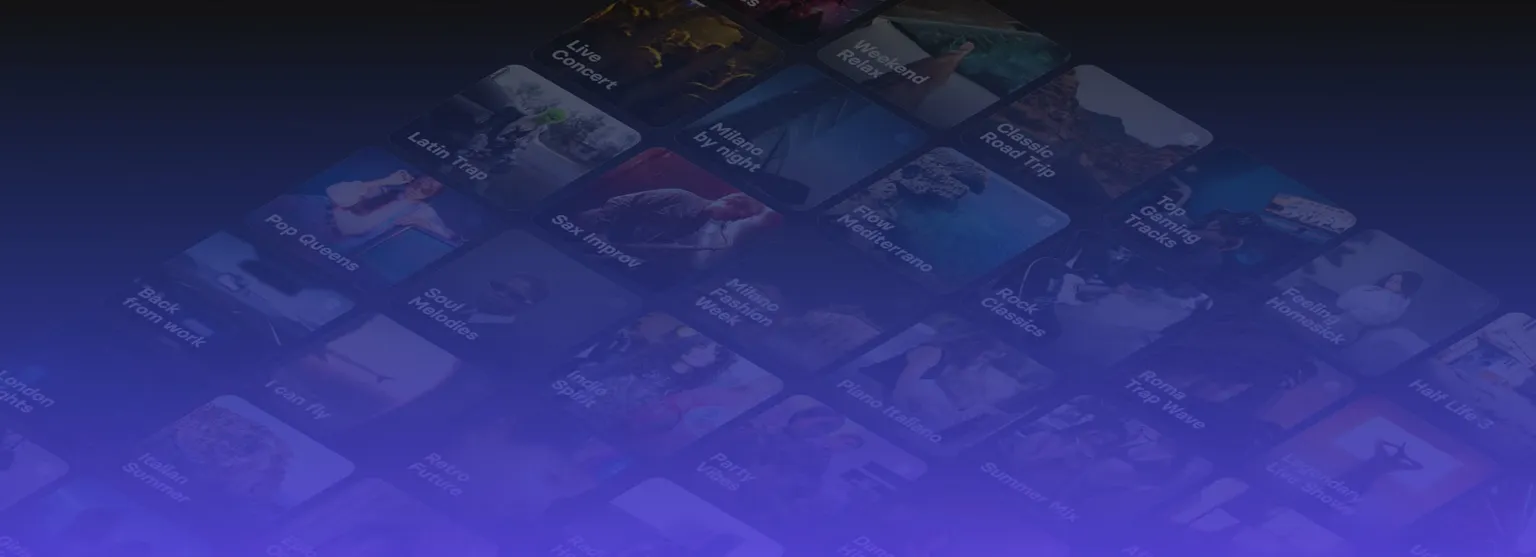
Mixing music is one of the most crucial stages in music production. It’s where raw recordings start to sound like a finished track, where each instrument finds its place, and the entire song begins to breathe. Whether you're mixing your own music or someone else's, understanding how to shape your audio effectively is essential for achieving a professional sound.
Let’s dive into the full process of mixing music—from organizing your session to finalizing the mix—explained in a way that’s clear, actionable, and easy to follow, even for beginners.
Here's what we're going to talk about:
- Set up your session properly
- Balance your levels
- Use compression to control dynamics
- Shape your sound with EQ
- Widen your mix with stereo imaging
- Add depth with reverb and delay
- Group tracks with buses for cohesion
- Mix vocals to stand out
- Use reference tracks
Set up your session properly
Before even touching an EQ or compressor, it’s vital to get your session organized. A messy DAW (Digital Audio Workstation) layout can slow you down and kill creativity.
Start by labeling all your tracks clearly: kick, snare, bass, vocals, guitar, synth, etc. Color coding helps too. Group similar instruments together (drums, vocals, guitars) and route them into buses. This step makes the whole mixing process more streamlined and intuitive.
Tip: Save session templates. If you often work with the same setup, having a preset template saves time and keeps your workflow efficient.

Balance your levels
Volume balancing is the backbone of a good mix. No plugin will fix a mix that isn't well-balanced.
Begin by setting the faders of each track to create a natural blend. Your goal here is to let the main elements, like vocals and kick drum, stand out without overshadowing the others. Listen at both low and high volumes, and frequently reference with headphones and monitors.
This process alone can account for 70% of what makes a mix sound “professional.”
These tips cover just a few aspects of mixing. Want to start your career as a music producer? Learn more by reading the full guide on our blog!
Use Compression to control dynamics
Compression helps smooth out the peaks and valleys in your recordings. A vocal that’s too dynamic can jump in and out of the mix. A kick drum that lacks consistency can lose punch.
Start gently. Use compression to tame transients and tighten performances without squashing them. Pay attention to the attack and release times, these settings affect the character of your sound. Fast attack and release give you control; slower settings let the sound breathe.
On your mix bus (the stereo output), consider a touch of glue compression, just a little, so it brings your mix together subtly.

Shape your sound with EQ
Equalization (EQ) is your sculpting tool. It helps each sound find its space in the frequency spectrum.
Begin with corrective EQ: cut out unnecessary low-end rumble (high-pass filter) from non-bass instruments, remove harsh frequencies, and tame muddiness (often in the 200-500 Hz range). After cleaning up, move to creative EQ: boost frequencies that highlight the character of each instrument.
Vocals often benefit from a slight boost around 3–5 kHz for clarity, while a snare might come alive with a bump around 200 Hz.
Widen your mix with stereo imaging
A great mix has width, depth, and space. That’s where stereo imaging comes into play.
Pan instruments across the stereo field to give your mix dimension. Keep core elements like the kick, bass, and lead vocal centered. Pan supporting elements—like guitars, backing vocals, or pads, to the sides to create width and prevent overcrowding in the center.
Avoid panning everything hard left and right. Aim for balance and symmetry, so the mix feels natural.
Add depth with reverb and delay
Reverb and delay can turn a dry, lifeless mix into something immersive.
Use reverb to place instruments in a space: room, hall, plate, or spring reverbs can give different flavors. For vocals, try short reverbs to add intimacy or long, lush reverbs for drama. EQ your reverb returns to avoid low-end build-up or high-end fizz.
Delay, especially slapback or timed delays (like eighth or quarter notes), can add rhythm, texture, and a sense of space. Don’t overdo it—use effects tastefully and always in service of the song.

Group tracks with buses for cohesion
Bus processing lets you control groups of instruments together. It’s powerful for achieving consistency and cohesion.
Route all your drums into a drum bus, all vocals into a vocal bus, etc. You can then compress or EQ the group as a whole. This saves CPU, improves workflow, and helps shape your mix more holistically. On the master bus, avoid over-processing. Leave room for mastering.
Mix vocals to stand out
Vocals are the centerpiece of most songs and require special attention.
Start by cleaning them up with EQ: cut low-end rumble and reduce resonances. Use a de-esser to control harsh “s” sounds. Apply compression to control dynamics and keep the vocal consistent in volume. Layering is your friend: doubles, harmonies, and subtle delays can add richness. Blend these layers carefully to avoid clutter.
A great vocal mix sounds present, clear, and emotionally connected to the listener.
Use reference tracks
One of the best ways to improve your mixes is to compare them with professional recordings.
Import a reference track into your session: ideally in the same genre and with similar instrumentation. Switch back and forth to evaluate levels, EQ balance, stereo width, and loudness. This gives you a reality check and helps avoid mixing in isolation. Don’t aim to copy the reference exactly, but use it as a benchmark.
Once you've followed all these tips, you'll be ready to record your music. After releasing it, it's essential to take the right steps to distribute it and reach your audience! Matchfy offers a distribution service that allows you to share your music across multiple platforms like Spotify, Apple Music, Deezer, Amazon Music, and many more, while keeping 95% of your royalties!

Conclusion
Mixing is where your music truly comes to life, where creative decisions meet technical precision, and where your raw tracks evolve into a complete sonic experience. Whether you're adjusting EQ to carve out clarity, using compression to control dynamics, or placing instruments across the stereo field for depth and space, every decision in the mix contributes to how your music will be heard and felt.
But a great mix is only part of the journey.
Once your track sounds the way you imagined—clear, balanced, and emotionally impactful—the next step is making sure it reaches the ears of your audience. That’s where Matchfy comes in. After pouring your passion into the mix, you deserve a distribution platform that supports your music and your career.
So don’t stop at a perfect mix, get your music out there. Let the world hear what you’ve created. Let Matchfy help you take the next step toward building your audience and growing your career as a producer.

